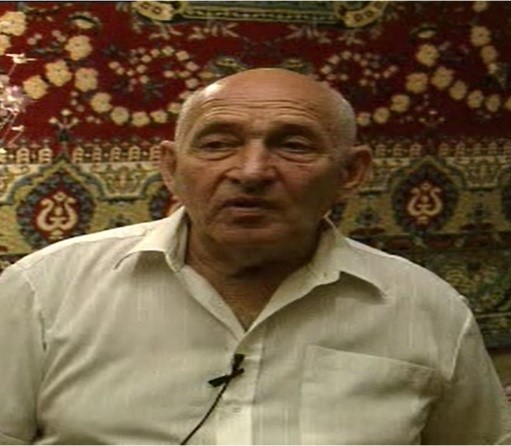Vladimir Kolchinskii was born in 1925 in Odessa, in an assimilated Jewish family. His father Yakov was a railway technician, who was forced to switch to a different job in the late 1930s. Following the outbreak of the Soviet-German War in June 1941, Vladimir's father and elder brother were drafted to aid in the defense of Odessa. Vladimir and his mother failed to evacuate, and remained under the Romanian occupation. In late October 1941, the Romanian occupiers carried out a murder operation against the Jews of Odessa: They assembled at least five thousand Jews in the city jail, and then shot and burned them to death in the Dalnik suburb. During the death march of the Odessa Jews to the barracks of Dalnik, Vladimir managed to escape from the column of the doomed; his mother made no attempt to flee, and perished. Vladimir was sheltered by friendly Ukrainians, and he survived until the liberation of the city by the Red Army in April 1944.
After the liberation, Kolchinskii was drafted into the Red Army. Following a period of military training, he was attached to the 2nd Separate Shock Battalion [shturmovoi batalion], a unit made up of men who had spent a long time under enemy occupation and/or in captivity. He was attached to the anti-tank company of this battalion, where one of his jobs was carrying a twenty-kilogram anti-tank gun, along with a batch of shells for it, on his back. With this battalion, Kolchinskii took part in the Red Army offensive in Poland in late 1944, and in the siege of Breslau in February-May 1945. It was there, in Breslau, that he met V-E Day.
After the war, Kolchinskii continued to serve in the Red Army. He was discharged only in 1950, whereupon he returned to Odessa. His father survived the war, but his elder brother was killed in action (being registered as "missing"). In the 1990s, Kolchinskii was active in the Odessa Association of Jewish Survivors of Ghettos and Camps.







